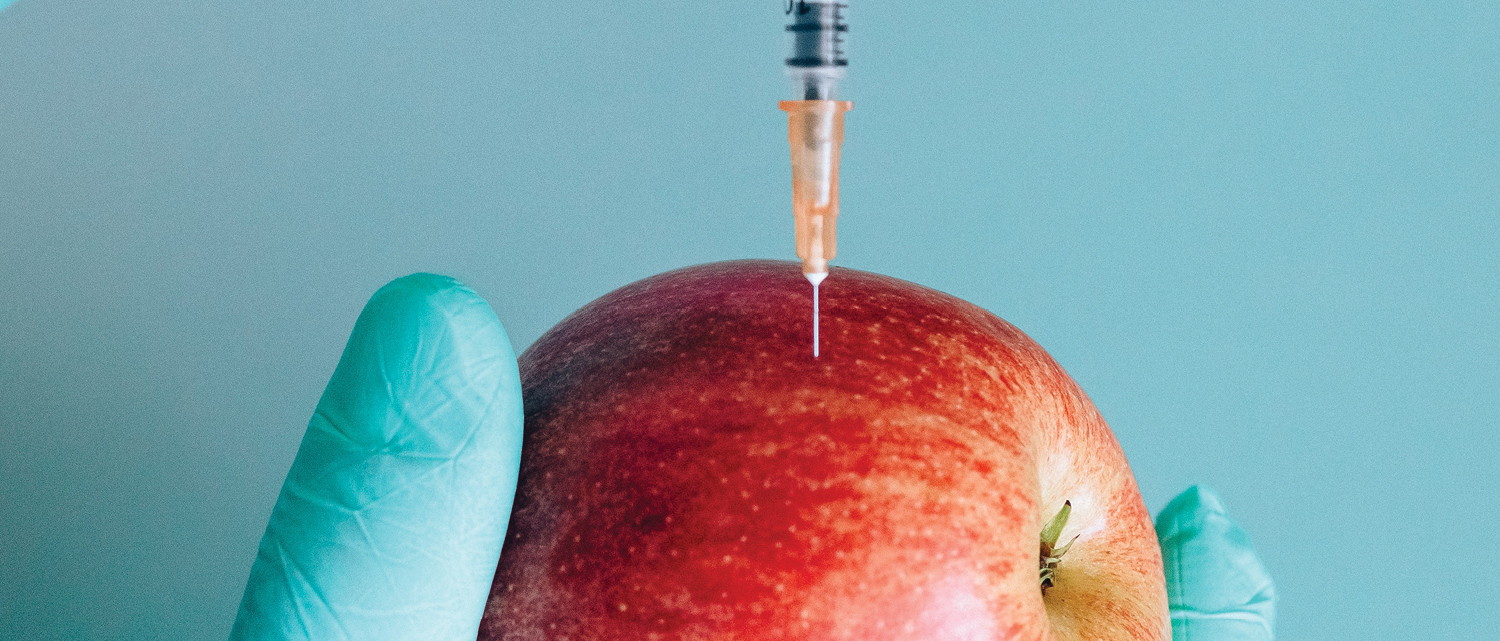
When Assistant Professor Mattia Bacca is trying to figure out a mechanical engineering problem, he inquires into how the natural world has already solved it. Bioinspired engineering is an approach that examines abilities plants and animals have evolved over millions of years, like the way a gecko can cling to a surface with the pads on its toes, or an ant can cut through a leaf many times its size. Dr. Bacca and PhD candidate Stefano Fregonese have recently published a paper answering the previously unsolved question of how the mechanics of piercing works on soft materials – like skin – by looking at the way nature has approached the issue.
“Cutting is ubiquitous in our survival and daily lives,” Bacca explains. “When we chew food, we cut tissue to make it digestible. Almost every species in the animal kingdom evolved with the ability to cut tissue to feed and defend, hence have acquired remarkable morphological and physical features to allow this process efficiently.”
Despite its long existence in the natural world, the mechanisms involved in cutting soft tissue have only gained attention in engineering over the last several decades, initially with investigations into the properties of rubber. Previous approaches determined the force needed to insert a needle in tissue after its initial puncture, using physical experiments that couldn’t fully measure the deformations and complex failure mechanisms involved in breaking through the surface of a soft material. Fregonese and Bacca’s research took this inquiry further by creating a mechanical theory that determines the critical force required for needle insertion – the pivotal phenomenon of puncture. Their work provides a simple semi-analytical model to describe the process, from dimensional arguments and finite element analysis.
Their results come from various inquiries into animal solutions to this problem. At first, Fregonese joined Dr. Bacca’s Micro & Nano Mechanics Lab for a project related to the mechanics of adhesion in animals like geckos. Exploring overlaps with this area and the problem of cutting, they began to investigate fundamentals of cutting and its link to the morphological evolution of animals, with an international collaboration studying leafcutter ants with animal biomechanics expert Dr. David Labonte (Imperial College), and muscle physiology expert Dr. Natalie Holt (Univerisity of California). Collaborating with UBC Okanagan’s Dr. Kevin Golovin and Mechanical Engineering colleague Dr. Gwynn Elfring to research the interaction between ballistics and gels also contributed to their understanding.
Their theoretical model may help engineers developing various applications such as protective equipment, automation processes involving food, and the emerging technology of robotic surgery. “Piercing soft solids: A mechanical theory for needle insertion,” published in Journal of the Mechanics and Physics of Solids is available at https://doi.org/10.1016/j.jmps.2021.104497.
This research was supported by the Department of National Defense of Canada, the Natural Sciences and Engineering Research Council of Canada, and by the Human Frontiers in Science Program.
Photo by Nataliya Vaitkevich from Pexels.